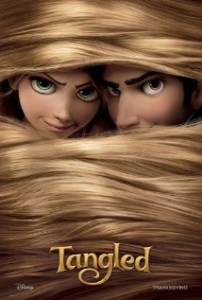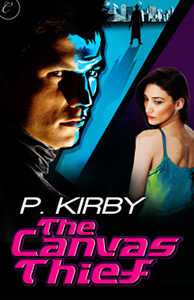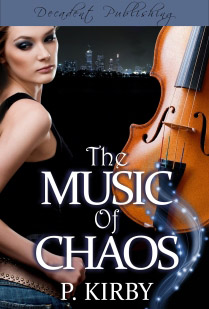 My loathing for the “old school” Disney princess (Cinderella, Snow White, et al.) is no secret. She’s dumber than a bag of hammers and utterly useless as a protagonist. Her only strength is sweetness that can put you in diabetic coma in five seconds flat. And she’s pretty. Cute, little forest animals love her (which probably means she has fleas), but never mind that, she’s pretty. Sometimes she hides out with seven little hairy men and cleans their house and washes their skidmarked undies. She waits for her prince to come because good girls never orgasm first. And they certainly never do anything to save themselves.
My loathing for the “old school” Disney princess (Cinderella, Snow White, et al.) is no secret. She’s dumber than a bag of hammers and utterly useless as a protagonist. Her only strength is sweetness that can put you in diabetic coma in five seconds flat. And she’s pretty. Cute, little forest animals love her (which probably means she has fleas), but never mind that, she’s pretty. Sometimes she hides out with seven little hairy men and cleans their house and washes their skidmarked undies. She waits for her prince to come because good girls never orgasm first. And they certainly never do anything to save themselves.
Fortunately, Disney heroines have come a long way, baby. Some more than others. While I liked Tangled–it’s hard not to–I think Rapunzel is one of modern Disney’s weaker heroines. Weaker is too strong a word, since Rapunzel is smart, inquisitive, artistic and sometimes, driven.
As romances go, however, The Princess and the Frog is a much stronger story. (It’s a stronger story, period.) Especially when you factor in that Tiana and Naveen spend most of their time as slimy, excuse me, “mucos-y,” frogs. This means that the two fall in love with something besides good looks. Yeah, I know. Silly me and my insistence that the love be backed up with something more than wet panties and an erection.
In The Princess in the Frog, Naveen first “notices” Tiana when she is dancing (as a frog). You can see him thinking, “Hey, she’s pretty cool when she lightens up.” For Flynn Rider, Tangled‘s hero, attraction to Rapunzel begins when he gets caught in her pretty green eyes. While the story does build on their relationship and has some romantic moments, I never really get the impression that Flynn’s attraction is more than skin deep.
That may be because Rapunzel doesn’t have much of a character arc. She wants to leave her tower and her domineering mother. Her chance arrives in the form of a thief (Flynn) on the run from his fellow thieves (who he betrayed) and the kingdom’s police force (because he stole a crown). Rapunzel easily subdues Flynn with a frying pan: several times, probably dooming him to a lifetime of migraines. (For fans of physical comedy [Me!], Rapunzel and Flynn’s meeting is comic gold.)
Flynn’s arrival in her tower coincides with her birthday. Every year, on her birthday, mysterious lights appear in the sky and just once, Rapunzel wants to see those lights up close. The viewer, of course, knows that the lights are little lanterns, sent into the sky by the King and Queen, beacons to their long-lost daughter. I guess putting their kid’s photo on a milk carton was too obvious.
Rapunzel’s adopted mother–*cough*–kidnapper, Mother Gothel, forbids Rapunzel from ever leaving the tower. See to Mommy Dearest, Rapunzel and her magical hair are the fountain of youth. Mother’s manipulation of her “daughter” is the stuff that puts therapists’ kids through college.
Unable to secure Mom’s permission to leave the tower, Rapunzel blackmails Flynn into escorting her to the castle to see the lights. So far so good. She’s a woman with a plan.
But as the story progresses, others–Eugene, Pascal, her pet chameleon, and Maximus the horse–take the reins and guide the story. Rapunzel is mostly along for the ride. She ends the story pretty much the same person as she was at the beginning. Given what should be some heavy mother issues, I’d expect more emotional growth.
It’s with the secondary characters, however, that the story really fails for me. Notably with Maximus the super-cop, horse. Maximus begins (and ends) the story as the hard-nosed law enforcer. His interactions with Flynn are hilarious. Then, he makes a weird transformation from law-horse to lawbreaker, and busts Flynn–the thief–out of jail. Whuh-huh? I know this is a “kid’s” movie, but that doesn’t mean you should abandon all pretense of character consistency. Without any explanation for his motivations, Maximus’s actions end of smacking of Deus Ex Machina, a lazy ass way of getting the hero out of danger.
Frankly, I think this is a case where the screenwriters were trying to attract young male viewers by toning down the emphasis on the dreaded “princess” themes. The result is a movie that, like a princess, is lovely to look at, but offers little depth. For a far better “princess” movie, I recommend The Princess and the Frog.


